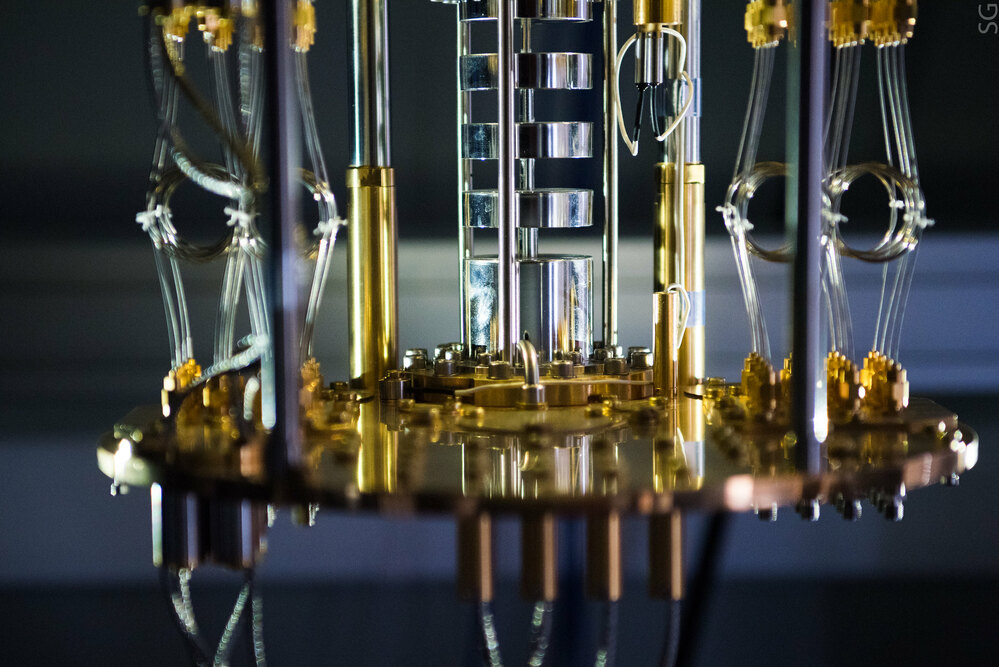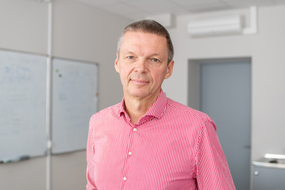An international research team obtained experimental evidence for effective interaction between microwave photons via superconductive qubits for the first time. The study, published in npj Quantum Materials, may be a step towards the implementation of a long-living quantum memory and the development of commercial quantum devices.
Scientists believe that individual light particles, or photons, are ideally suited for sending quantum information. Encoded with quantum data, they could literally transfer information at the speed of light. However, while photons would make for great carriers because of their speed, they don’t like to interact with each other, making it difficult to achieve quantum entanglement.
A team of scientists from NUST MISIS, Russian Quantum Center, the Ioffe Institute St. Petersburg and Karlsruhe Institute of Technology, for the first time, made photons interact with each other effectively using an array of superconducting qubits and a waveguide. In their experiments, the researchers used photons with the frequency of a few GHz and the wavelength of a few centimeters.
“We used superconducting cubits, which are basically artificial atoms, because they have been proven to strongly interact with light. Interaction between natural atoms and natural light is weak due to the small size of natural atoms. Superconducting cubits are man-built, their size can reach up to 0.1mm, which makes it possible to significantly increase their dipole moment and polarity, engineering strong interaction between light and matter,” noted Prof. Alexey Ustinov, Head of the Laboratory for Superconducting Metamaterials at NUST MISIS and Group Head at Russian Quantum Center, who co-authored the study.
Superconducting qubits are a leading qubit modality today that is currently being pursued by industry and academia for quantum computing applications. However, they require
“By employing dedicated flux-bias lines for each qubit, we establish control over their transition frequencies. It was derived and experimentally verified that multiple qubits obtain an infinite range photon mediated effective interaction, which can be tuned with the inter-qubit distance,” says Alexey Ustinov.
The circuit of this work extends experiments with one and two qubits toward a full-blown quantum metamaterial, thus paving the way for large-scale applications in superconducting waveguide quantum electrodynamics.





